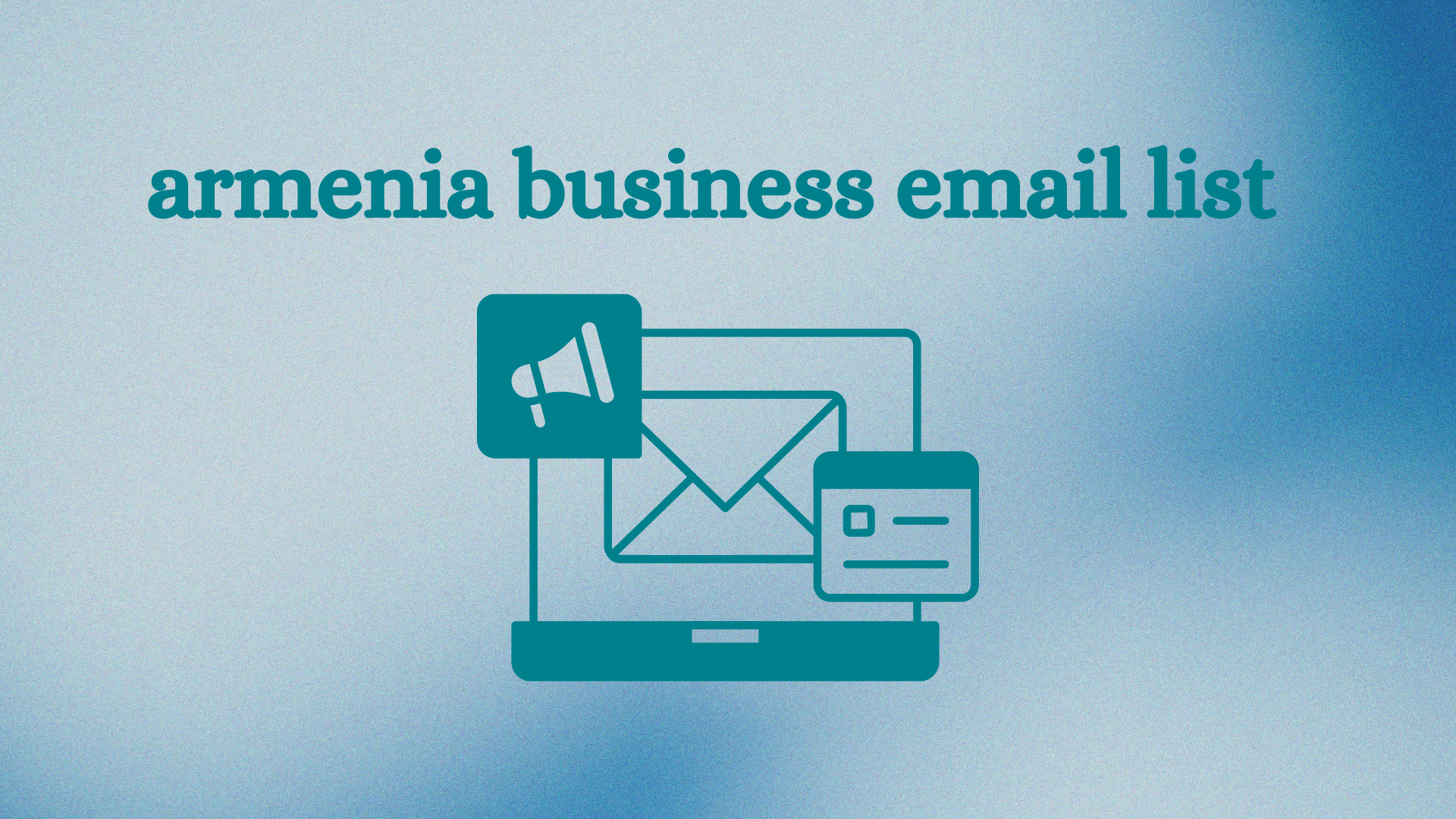The core idea of Inbound Marketing is that consumers today have more control over their purchasing decisions. They no longer respond to invasive tactics like mass advertising or cold calling. Instead, they prefer to research on their own and find solutions that align with their needs. According to a HubSpot study, 70% of companies that adopted Inbound Marketing increased their number of leads. This is because Inbound allows companies to build trust with their customers from the beginning of the buying journey.
The main stages of Inbound Marketing
For an Inbound Marketing strategy to be effective, it is essential to understand its four main stages: attract, convert, close and delight. Each stage plays a crucial role in guiding leads through the customer journey until they become brand advocates.
Attract
The first step of inbound marketing is to attract qualified visitors to your website or other online platforms. This is done by creating relevant content, such as blog posts, e-books, videos, and infographics, that answer the questions and needs of your target audience. SEO (Search Engine Optimization) techniques are essential here to ensure that your content is found by search engines. According to research by BrightEdge, 53.3% of all website traffic comes from organic search, which highlights the importance of a good SEO strategy.
Convert
Once you’ve attracted visitors, the next step is to convert them into leads. This can be done through forms, landing pages, and calls-to-action (CTAs) that encourage visitors to provide their contact information in exchange for something valuable, like an e-book or a free consultation. The average conversion rate for a well-structured landing page is 2.35%, according to WordStream, but this rate can be significantly increased with a good offer and optimization.
To close
The third step is to close the sale, turning leads into customers. Here, tools such as email marketing and CRM (Customer Relationship Management) are extremely useful for maintaining a close relationship with leads, nurturing them with more information and offers that bring them closer to the purchase decision. According to Econsultancy, companies that use email marketing achieve an ROI (Return on Investment) of 42:1, which demonstrates the effectiveness of this tool in the Inbound Marketing strategy.
Enchant
The final step of Inbound Marketing is to delight customers, ensuring that they have an excellent experience with the brand and want to continue the relationship. This can be done through after-sales support, personalized content and loyalty programs. Satisfied customers become brand advocates, recommending the brand to friends and family, which generates new leads organically.
Benefits of Inbound Marketing
Inbound Marketing offers a number of benefits that make it an increasingly attractive strategy for companies across all sectors. In addition to being more cost-effective than traditional marketing strategies, it also allows armenia business email list for greater segmentation and personalization, which increases the chances of success.

Cost-benefit
One of the main advantages of inbound marketing is its cost-effectiveness. According to Demand Metric, inbound marketing costs 62% less than outbound marketing, while generating up to 3 times more qualified leads. This is because, instead of spending money on paid ads that reach a large and often uninterested audience, inbound focuses on attracting people who are already interested in what your company has to offer.
Personalization
With inbound marketing, you can personalize your communications to meet the specific needs of each customer. Using data collected throughout the buying journey, you can create messages and offers that resonate with each lead’s interests. According to a study by Epsilon, 80% of consumers are more likely to buy from brands that offer personalized experiences.
Measurable results
Another great advantage of inbound marketing is the ability to measure the results of each action. Analytics tools like Google Analytics and marketing automation platforms allow you to monitor the performance of your campaigns in real time, adjusting your strategies as needed. This ensures that your marketing budget is used in the most efficient way possible.
Main Inbound Marketing Tools
To implement a successful Inbound Marketing strategy, it is necessary to use tools that optimize the different stages of the process. Marketing automation, CRM, and analytics platforms are some of the most important resources that can help maximize the potential of Inbound.
Marketing automation
Marketing automation allows companies to scale their inbound marketing campaigns, nurturing leads and personalizing content based on user behavior. Platforms such as HubSpot, RD Station and Mailchimp are some of the most popular in this segment. According to a survey by Invesp, companies that use marketing automation can increase their sales by up to 10%.
CRM
Customer Relationship Management (CRM) is another essential tool in Inbound Marketing. A good CRM system allows you to track each lead’s interactions with your company, from the first contact to the post-sale. This makes it easier to personalize the relationship and helps keep customers engaged over time. According to Salesforce, using a CRM can increase sales by up to 29%.
Data analysis
Data analysis plays a crucial role in inbound marketing. Tools like Google Analytics, SEMrush, and Ahrefs allow you to monitor the performance of your campaigns, identify trends, and adjust your strategies to improve results. Data-driven decision-making is essential to ensuring that your inbound marketing strategy is successful and delivers the highest possible return.
